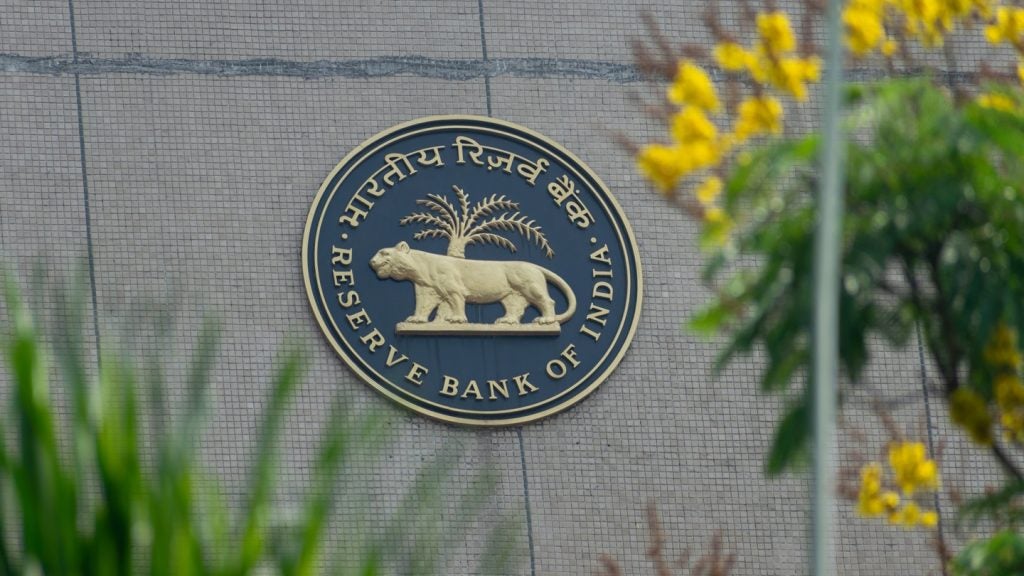As the payments market continues to grow and move from the traditional plastic cards into the digital space, banks have many new opportunities to reach more card customers. However, competition is fierce and both opportunities and challenges come in equal share. Meghna Mukerjee reports
The cards and payments market has changed drastically over the years and remains one of the fastest moving sectors in retail banking. The increased popularity of cards for everyday transactions currently coincides with more routine use of multiple banking channels.

Access deeper industry intelligence
Experience unmatched clarity with a single platform that combines unique data, AI, and human expertise.
As traditional plastic cards increasingly move into the digital space, a blurring of lines between traditional card products and digital channels has become necessary for banks in order to attract and retain demanding customers.
Dean Young, vice president of product management for SunGard’s retail banking business covering core banking, customer management and card management solutions, highlights that as traditional cards have, from a volume point of view, been overtaken by digital transactions, banks have had to create hybrid products that are more appropriate for digital platforms than physical channels. However, this is not without its challenges.
"Managing hybrid products is difficult for a lot of the banks because the legacy cards systems do not handle them so well. Financial institutions need to be aware of all new digital channels that the legacy systems weren’t ready for, as previously all transactions were coming through to POS and ATM networks, Young tells CI.
"Another aspect is that the volume of transactions is going up but the value of transactions is going down. You see people making smaller purchases over the mobile and digital channels. That leads to scalability issues that need to be managed by the banks," adds Young.

US Tariffs are shifting - will you react or anticipate?
Don’t let policy changes catch you off guard. Stay proactive with real-time data and expert analysis.
By GlobalDataWhile the rapid growth of the cards and payments sector and going cashless in everyday transactions is challenging banks, it is also throwing up new opportunities.
"Partnerships, co-branding and joint ventures are big opportunities for card vendors to grow their markets rapidly. In most of the developing nations there is huge growth in the unbanked population, presenting opportunities in the prepaid cards segment as it is the first product you can offer."
Operationally, banks need to enhance product innovation and reduce time to market for new products to increase market share. According to Young, beyond the pure product innovation aspect, a lot of cards innovation is centred on loyalty programmes and the channels that cards can be utilised over.
"Banks need to ensure they have a flexible and parameter driven backend so that they can carry out product innovations. They need to be able to create new products cloned from existing products – select a few features and roll that out for a niche consumer segment, then clone that product, add a few more features, and roll that out to another niche segment.
"I don’t think we are talking about a segment of one yet but rather than a card you can roll out to 100,000 users, you may be creating a card you can roll out to a user segment of 10,000. Banks may have 20 to 30 different credit cards for different people, depending on their lifestyle choices."
The trick comes down to the bank having enough knowledge to register what will appeal to which customer, says Young.
PeiWee Gan, head of card management, retail banking, at SunGard, says that though people are talking about hybrid products, multi card management systems and contactless functionalities, the conversation needs to be steered more towards the technology aspect.
"Innovation is going so fast that banks are trying to cope from the marketing side of cards. I would be interested in talking to the CIO of banks, rather, about technology."
Young adds that having a greater range of cards is a challenge in itself for banks, and technologically, that is where the card backend system on its own is not enough.
"You need to align all the data you are getting from your other channels so that you have a great picture of the customer, and can match a customer against the specific card product.
"The churn on credit cards is high. People have multiple cards in their wallets. But that dynamic segmentation is important and it’s not something that card systems can generate – banks need other systems to generate it," he explains.
Young adds that technology challenges are manifold. "As people start using cards over various channels, it raises challenges around security. The strength of security has to match the growth in the channels," explains Young.
As fraud techniques become more sophisticated over time, prevention of fraudulent scenarios become difficult for banks. However, investment in heavy, expensive fraud management systems could be unwise, says Gan.
"These systems require huge year-on-year maintenance costs to prevent something that happens perhaps once every five years. From a vendor perspective, we have done a lot of research and applied risk controls to our authorisation module. In our latest version of the authorisation module, for instance, we have enhanced the risk profile part of it.
"We have been performing upgrades with some long term existing customers to get them on our latest version and all new implementations are on our latest version," she explains.
Gan also highlights a missed opportunity for banks when it comes to generating more revenue from debit cards.
"There are add on benefits a customer could get through debit cards but because of lack of awareness and education or bank advertisements or wrong messaging, most customers use their debit cards only for ATM withdrawals.
"There are benefits around risk mitigation from debit cards. You could do a lot with it like SME tie-ups and marketing campaigns. Banks have savings accounts with lots of people but only 20%-30% of those customers are credit card holders – which is considered the profitabile band. Banks are not yet maximising profitability from their debit card base," says Gan.
Looking ahead, NFC or contactless still remains a potent trend though it hasn’t fully taken off yet. Young says from a pure convenience point of view, some sort of contactless feature will win out in the future, "especially with cards moving to digital spaces such as smart phones and watches".
Gan agrees that the contactless trend is picking up, though it hasn’t taken off yet, and the next step will happen once a proper international guideline is released around mobile payments.
"NFC encourages the use of mobile devices as a replacement cards. There was hype around it, but now everyone is waiting for an international guideline so that there is a comfort and security blanket around it," she adds.







